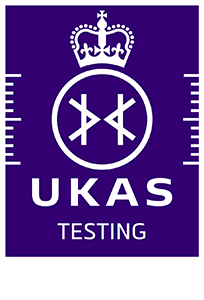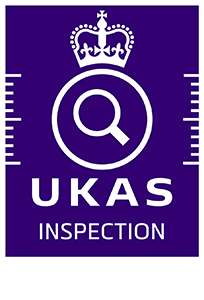The Role of Training in Preventing Accidents and Injuries at Work
Who is this article for?
- Companies looking to mitigate risks at work
- Companies looking to upskill their teams
- Individuals who need additional qualifications and training
Workplace accidents and injuries can have severe consequences for both employees and employers. In addition to the physical and emotional toll on individuals, accidents can result in financial losses, decreased productivity, and damage to a company’s reputation. One of the most effective ways to prevent accidents and injuries is through comprehensive training programs.
In this blog, we will explore the crucial role of training in creating a safe and secure work environment, protecting employees from harm, and ensuring the success of businesses.
Awareness and Identification of Hazards
Training plays a vital role in raising awareness among employees about potential workplace hazards. By educating employees on common risks associated with their roles and the specific safety protocols to follow, training empowers them to identify hazards proactively. Whether it’s recognising a hazardous substance, understanding the dangers of operating machinery, or identifying potential trip hazards, trained employees are equipped with the knowledge to detect, and report risks promptly.
Proper Use of Equipment and Tools
Accidents often occur when employees are unfamiliar with or misuse equipment and tools. Training programs provide employees with the necessary skills to handle machinery, tools, and other equipment correctly. From operating heavy machinery to using personal protective equipment (PPE) effectively, thorough training ensures that employees understand the proper techniques and precautions to take, minimising the risk of accidents and injuries.
Emergency Preparedness and Response
In the event of an emergency, such as a fire or a medical incident, quick and appropriate action can make a significant difference in preventing further harm. Training programs include emergency preparedness and response training, equipping employees with the knowledge of evacuation procedures, first aid techniques, and effective communication during crises. By ensuring that employees are well-prepared and confident in their ability to respond to emergencies, training reduces the likelihood of accidents escalating into major incidents.
Safety Culture and Mindset
Training is instrumental in cultivating a strong safety culture within an organization. When safety becomes a shared value and priority, employees actively look out for one another and take responsibility for their own well-being. By promoting a safety-first mindset through training initiatives, companies create an environment where employees consistently prioritise safe practices and hold each other accountable. A strong safety culture contributes to accident prevention and fosters a workplace that values the health and safety of its workforce.
Ongoing Skills Development
Health and safety regulations, technologies, and best practices evolve over time. Training programs ensure that employees stay up-to-date with the latest safety standards and developments in their respective fields. Regular refresher courses and continuous skills development sessions enable employees to reinforce their knowledge, learn new techniques, and adapt to changing work environments. By investing in ongoing training, companies demonstrate their commitment to maintaining a safe workplace and reducing the risk of accidents.
Training is a powerful tool in preventing accidents and injuries at work. By providing employees with the necessary knowledge, skills, and awareness, training programs create a culture of safety and equip individuals to identify and mitigate potential hazards. From promoting awareness and proper equipment usage to fostering emergency preparedness and cultivating a strong safety mindset, training plays a crucial role in safeguarding employees’ well-being and reducing the risk of accidents. By prioritising comprehensive training initiatives, companies demonstrate their commitment to creating a safe and secure work environment, benefiting both employees and the organisation as a whole.





